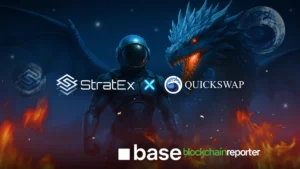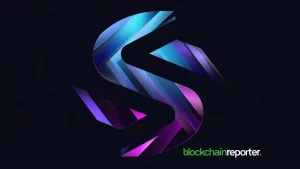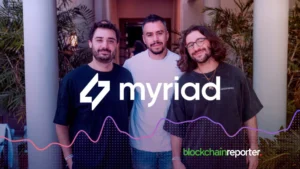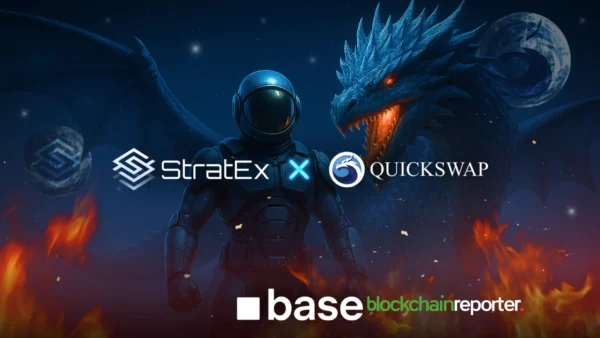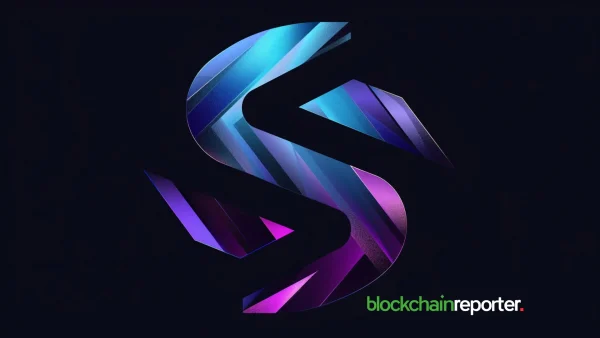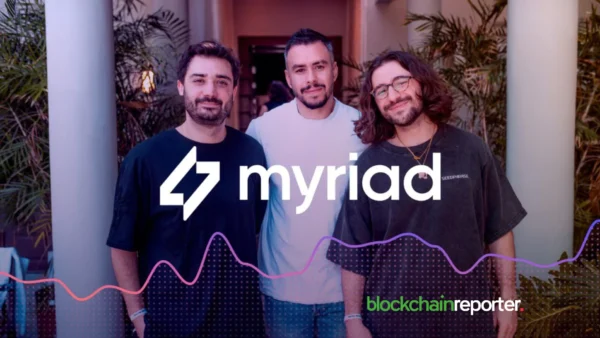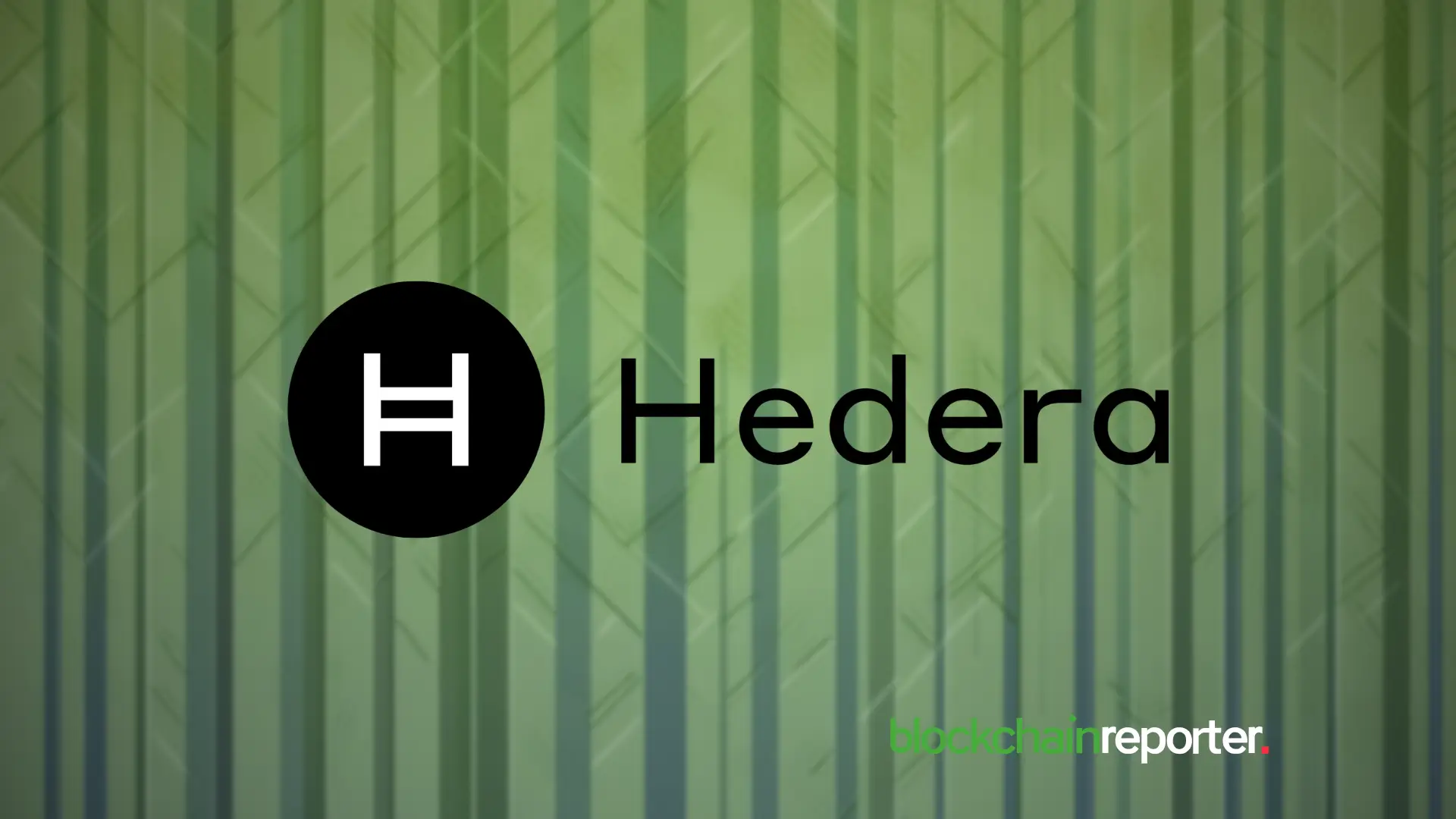
Dfns has added Hedera as a Tier-1 network on its institutional wallet platform, a move that brings the fast, low-energy Hedera ledger to developers and enterprises building DeFi, AI and tokenization projects. With the integration live, teams using Dfns can now create Hedera wallets, manage HBAR and Hedera-native tokens, send and receive transfers, and use the company’s secure signing and monitoring tools to run production-grade applications.
Hedera isn’t a conventional blockchain. Instead of grouping transactions into blocks and risking competing forks, Hedera uses hashgraph, a directed acyclic graph where every transaction event is retained and woven into the ledger. Nodes gossip not just about transactions but about when and from whom they heard them, and that “gossip about gossip” combined with virtual voting produces a leaderless consensus.
The upshot is asynchronous Byzantine Fault Tolerance (aBFT), the highest level of fault tolerance for distributed systems, which makes the network attractive for institutions that need strong guarantees around correctness and uptime. In real terms, this architecture delivers several practical benefits. Transactions on Hedera reach deterministic finality in roughly three to five seconds, and the network supports thousands of transactions per second in general use, up to 10,000 TPS for token transfers.
Because ordering is determined by consensus timestamps, the design reduces opportunities for front-running and MEV-style manipulation. Fees are predictable, fixed in USD and often well under a penny, and energy costs are tiny: roughly 0.0001 kWh per transaction, which is orders of magnitude more efficient than proof-of-work systems and contributes to Hedera’s carbon-negative positioning.
Enabling Fast Institutional-Grade Applications
Hedera also brings a set of developer-focused services that pair nicely with institutional use cases. Its Token Service enables high-throughput transfers without the overhead of smart contracts; an optimized EVM lets teams run Solidity contracts with improved performance; and a Consensus Service provides immutable, time-stamped logs that are useful for real-time systems such as supply chains or AI pipelines. Governance is handled by the Hedera Council, a group of up to 39 global organizations, including names like Google, IBM and Dell, each of which runs a node and helps steward the network’s direction.
For Dfns users, Tier-1 integration means Hedera benefits from the same infrastructure features Dfns offers across its multichain stack. Assets on Hedera are automatically detected and balances update live. Full transaction histories are available for clear audit trails. Transactions can be created, signed and submitted through the Dfns API or dashboard, and teams can set up webhooks to trigger business logic in real time when balances or tokens change.
That combination of speed, predictability and institutional security targets real-world workflows such as instant settlement payments, large-scale tokenization programs, low-latency AI data pipelines, and supply-chain systems that need near real-time updates. Dfns framed the move as bringing “our secure wallet infrastructure to one of the fastest, most energy-efficient distributed networks in the world,” and for teams ready to get started, the company points to its developer dashboard. Start building at https://app.dfns.io/get-started.

